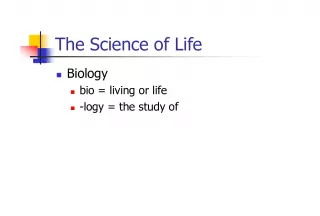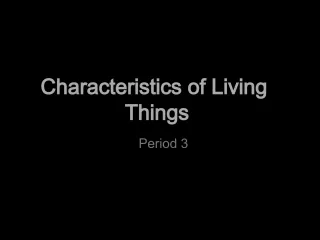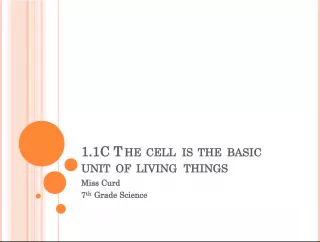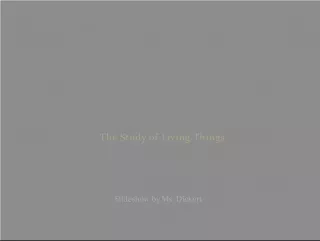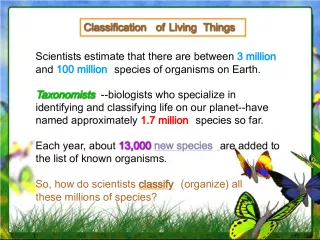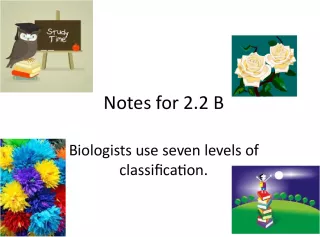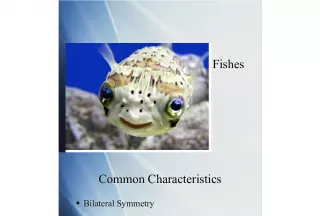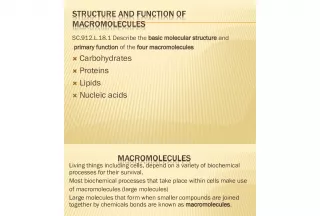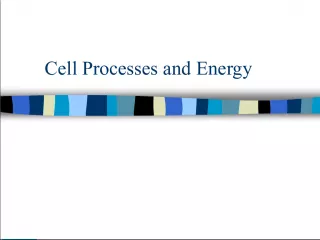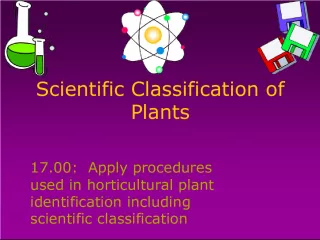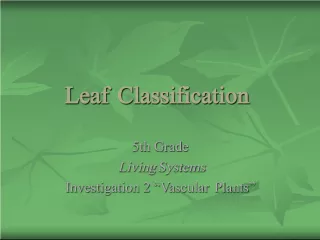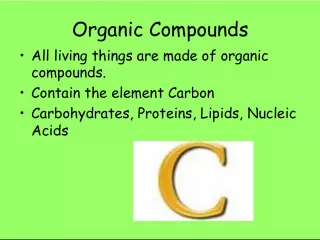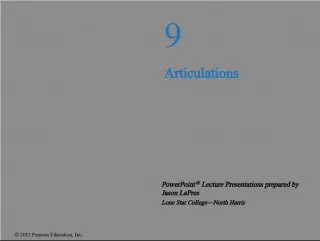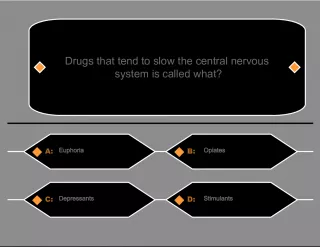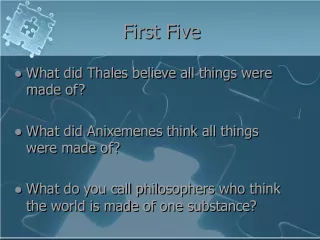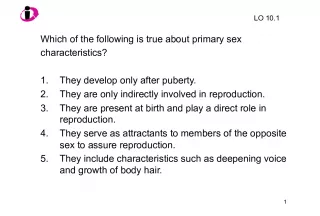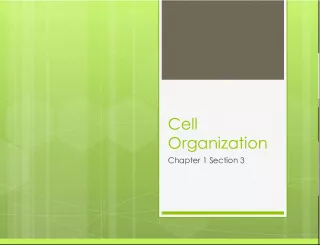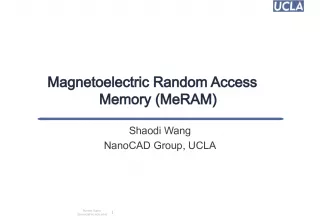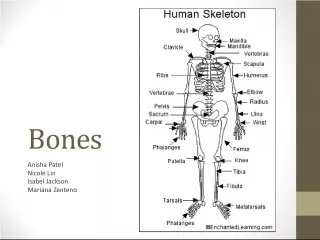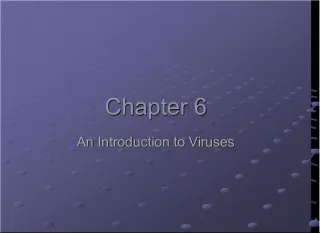Characteristics and Classification of Living Things


This note discusses the important characteristics of living things, focusing on the cellular organization, growth, consumption of food, response to stimuli, and ability to repair and replace structures. It also introduces the six
- Uploaded on | 4 Views
-
 shrishti
shrishti
About Characteristics and Classification of Living Things
PowerPoint presentation about 'Characteristics and Classification of Living Things'. This presentation describes the topic on This note discusses the important characteristics of living things, focusing on the cellular organization, growth, consumption of food, response to stimuli, and ability to repair and replace structures. It also introduces the six. The key topics included in this slideshow are . Download this presentation absolutely free.
Presentation Transcript
Slide1Note for C 1.1: Single-celledorganisms have all the characteristics of living things
Slide2Living things come in many shapes andsizes. • Six Kingdoms (main groups of organisms) • Archaea • Bacteria • Protists • Fungi • Plants • Animals
Slide3Living things share commoncharacteristics. • Cellular organization (unicellular/multicellular) • Grow: consume food, build structures, and repair or replace worn-out structures • Respond to changes in environment • Reproduce – Make more of themselves – Single cell organisms reproduce by binary fission (offspring consist of 2 identical cells)
Slide4Living things need energy, materials,and living space. • Food supplies an organism with energy it needs to move, grow, reproduce, and respond • Water is an ingredient in many cellular reactions, provides structure, and watery environment that cells need. • Viruses are not alive—contain genetic material surrounded by a capsid, cannot respond or gro, not as complex as cells
Slide5Vocabulary• microorganisms—very small organisms • Kingdoms—6 major groups into which organisms are divided • Binary fission—genetic material from one cell is duplicated and broken apart into 2 identical cells (daughter cells) • Virus—a small collection of genetic material surrounded by a protein coat, less complex than a cell
